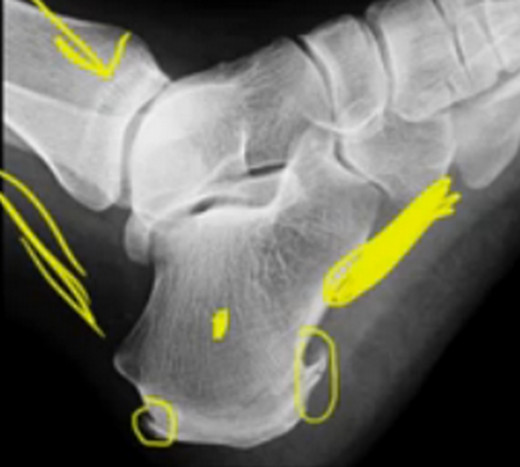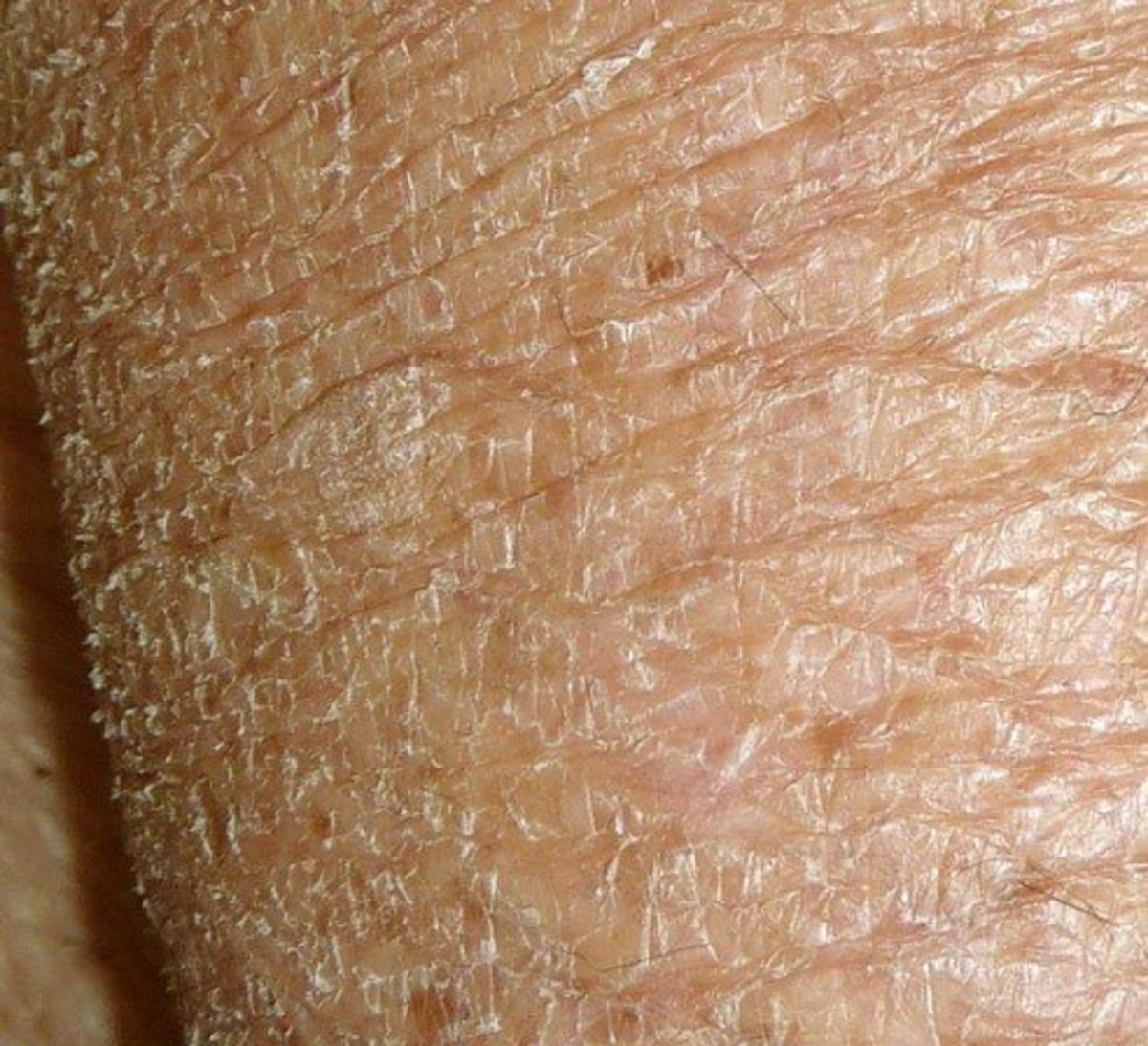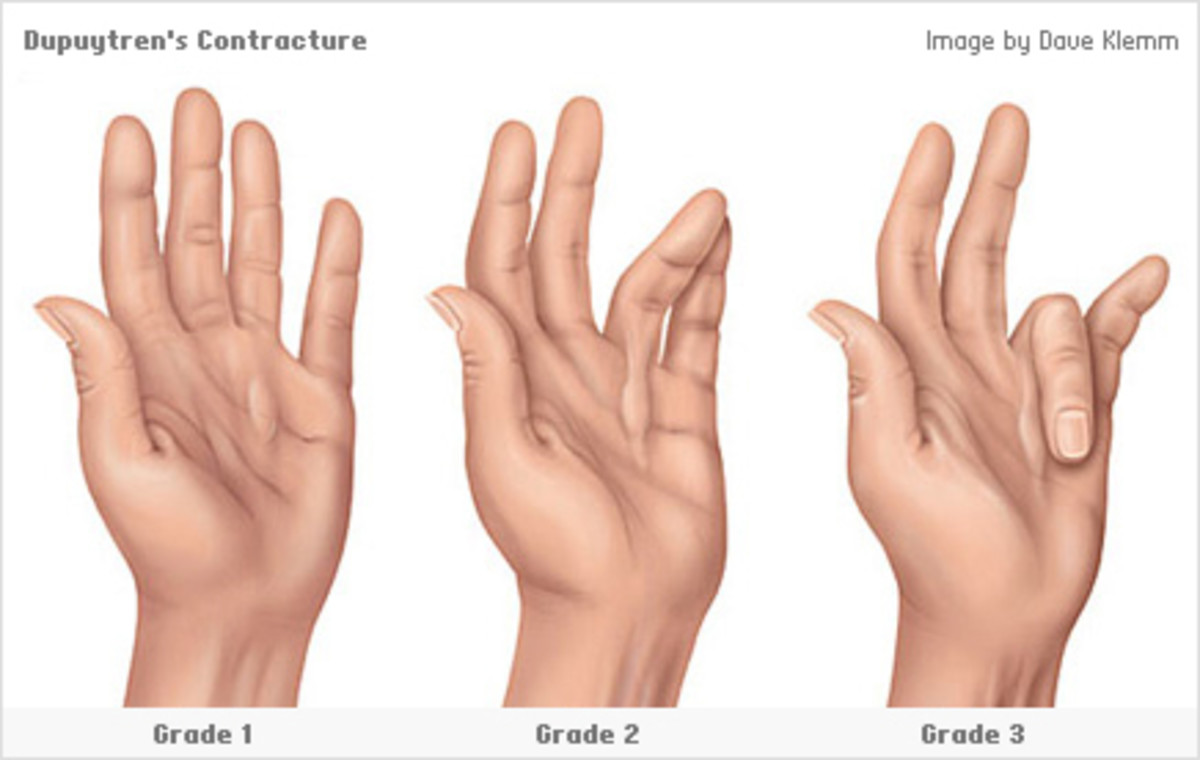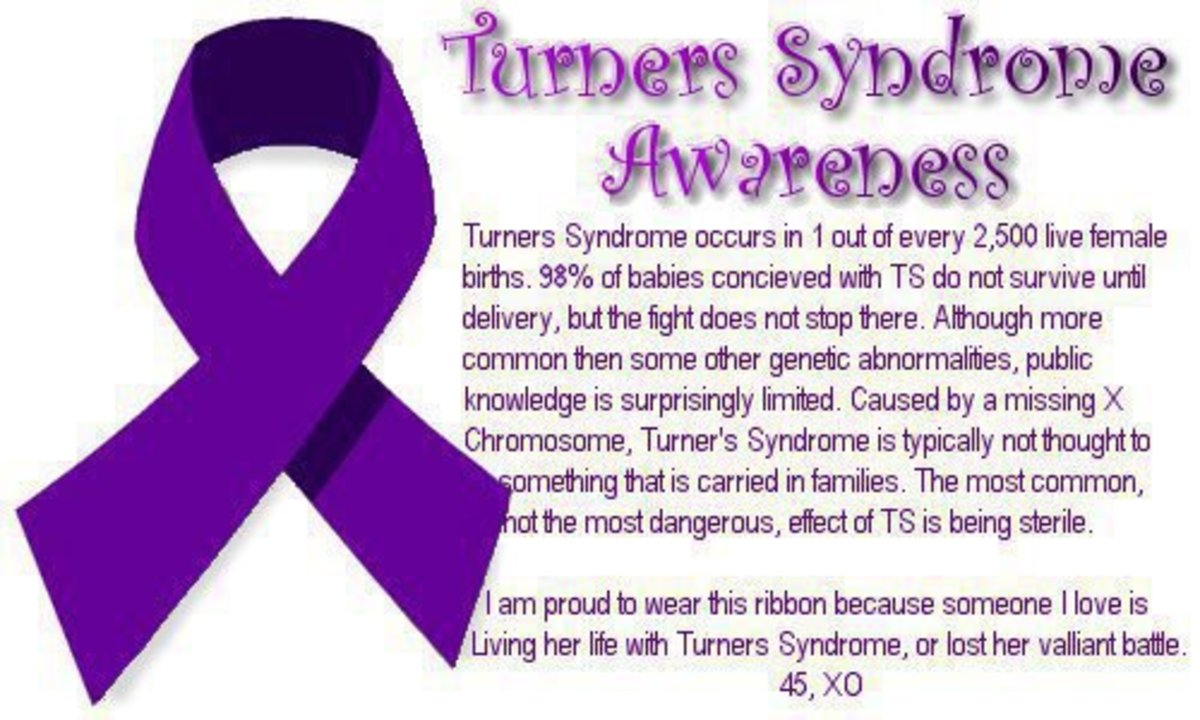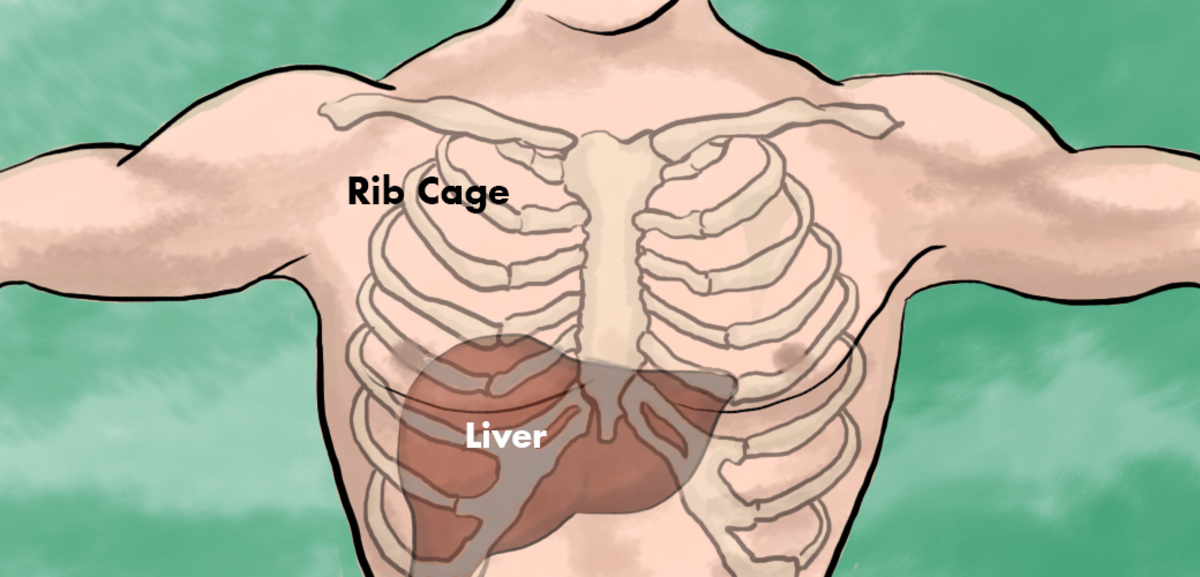- HubPages»
- Health»
- Diseases, Disorders & Conditions»
- Chronic Pain
Reiter’s Syndrome – Symptoms, Causes, Treatment, Pictures
Reiter’s syndrome is a condition that causes swelling and pain of the joints, which in turn is triggered by an infection that affects some other area of the body. The most commonly affected areas include the genitals, the intestines and the urinary tract. It is often referred to as reactive arthritis.
The joints in the feet, ankles and knees are the ones which are generally affected due to Reiter’s syndrome. The skin and eyes may also be targets of inflammation as well as the urethra which is affected by Reiter’s syndrome.
Reiter’s syndrome is a very rare condition. The signs and symptoms of the condition generally tend to come and come in most affected individuals, and eventually vanish after a period of one year
Symptoms of Reiter’s Syndrome
The signs and symptoms of Reiter’s syndrome typically occur on the skin and the urethra as well as the joints. The signs normally start 1 to 3 weeks after initial contact with an infection that has triggered the condition. Some of the symptoms as per the body parts affected are discussed below:
When the urinary system and/or reproductive system are affected:
- Frequent urges and instances of urination
- The cervix may experience inflammation
- Burning sensations or pain during urination
- The prostate gland may experience inflammation
When the joints, muscles and bones are affected:
- Pain in the heel
- The toes and fingers may become swollen, giving them the appearance of sausages
- The joints of the ankles, feet and knees may experience pain
- The buttocks and the lower back may also be painful
- The back portion of the ankle may experience swelling and pain
When the skin, eyes and mouth are affected:
- Inflammation of the inner part of the eye
- Inflammation of the eye, example conjunctivitis
- Rashes on the skin
- Presence of ulcers in the mouth
The symptoms of Reiter’s syndrome generally tend to last between 3 to 12 months. However, with early and right kind of treatment, individuals affected by Reiter’s syndrome can get back to full health within 2 to 6 months after the conditions begins.
Nearly fifty percent of the patients are affected by recurring symptoms of Reiter’s syndrome, after they have fully recovered from the condition. Back pain and arthritis are the most common signs that tend to reoccur. The patients may also sometimes experience reappearance of eye inflammation and urinary-genital symptoms.
Causes of Reiter’s Syndrome
Reiter’s syndrome is generally caused as a reaction to infection of any other region of the body, especially the intestines, the urinary tract or the genitals. The initial infection that triggers the reaction may elicit only mild signs and hence most patients of Reiter’s syndrome, generally remain in the dark about it.
A number of different types of bacteria can cause the infection, triggering the reaction to develop Reiter’s syndrome. Some such bacteria include the following
- Salmonella
- Chlamydia
- Campylobacter
- Yersinia
- Shigella
Reiter’s syndrome is not a contagious condition. However, the bacteria which cause the initial triggering infection can be transmitted via contaminated food or via unsafe sexual practices. It is however important to note that only a few people will develop Reiter’s syndrome as a reaction to infection with the bacteria.
There are a few risk factors that increase the susceptibility to developing Reiter’s syndrome. They include:
- Reiter’s syndrome has genetic links as a possible cause. Individuals with the condition have a genetic component on the cells’ surface that can be passed on. This marker is known as the human leukocyte antigen B27, and its presence increases the risk to developing Reiter’s syndrome via infections by certain bacteria, though it is not a certainty.
The gender:
- Reiter’s syndrome generally tends to affect men in the age group between 20 to 40 years as compared to women.
- Women generally tend to have milder symptoms of the condition
- Men and women are equally vulnerable to develop Reiter’s syndrome due to infection with food-borne bacteria
- Men are at greater risk to develop the condition via infection with sexually transmitted bacteria as compared to women
Treatment of Reiter’s Syndrome
The treatment of Reiter’s syndrome is aimed at managing the symptoms of the disorder as well as treating the underlying bacterial infection that has triggered the reaction.
- Medications such as nonsteroidal anti-inflammatory drugs or NSAIDs, TNF blockers and corticosteroids may be prescribed to alleviate the symptoms of joint pain, stiffness, swelling, tenderness and inflammations of the joints.
- A physical therapist can assist in improving the functions of the affected joints. The therapist may provide certain exercise that will aid in reducing the pain and stiffness of the joints as well as in strengthening the muscles around the affected joints. It is important to note that stronger muscles can promote faster healing of the joints affected by Reiter’s syndrome.
- Patients of Reiter’s syndrome are inherently and genetically vulnerable to the condition. Therefore one cannot prevent the syndrome. However, one can definitely practice safe sex and avoid the consumption of contaminated food that can cause an infection, which in turn can trigger the reaction.
Reiter's Syndrome Pictures


